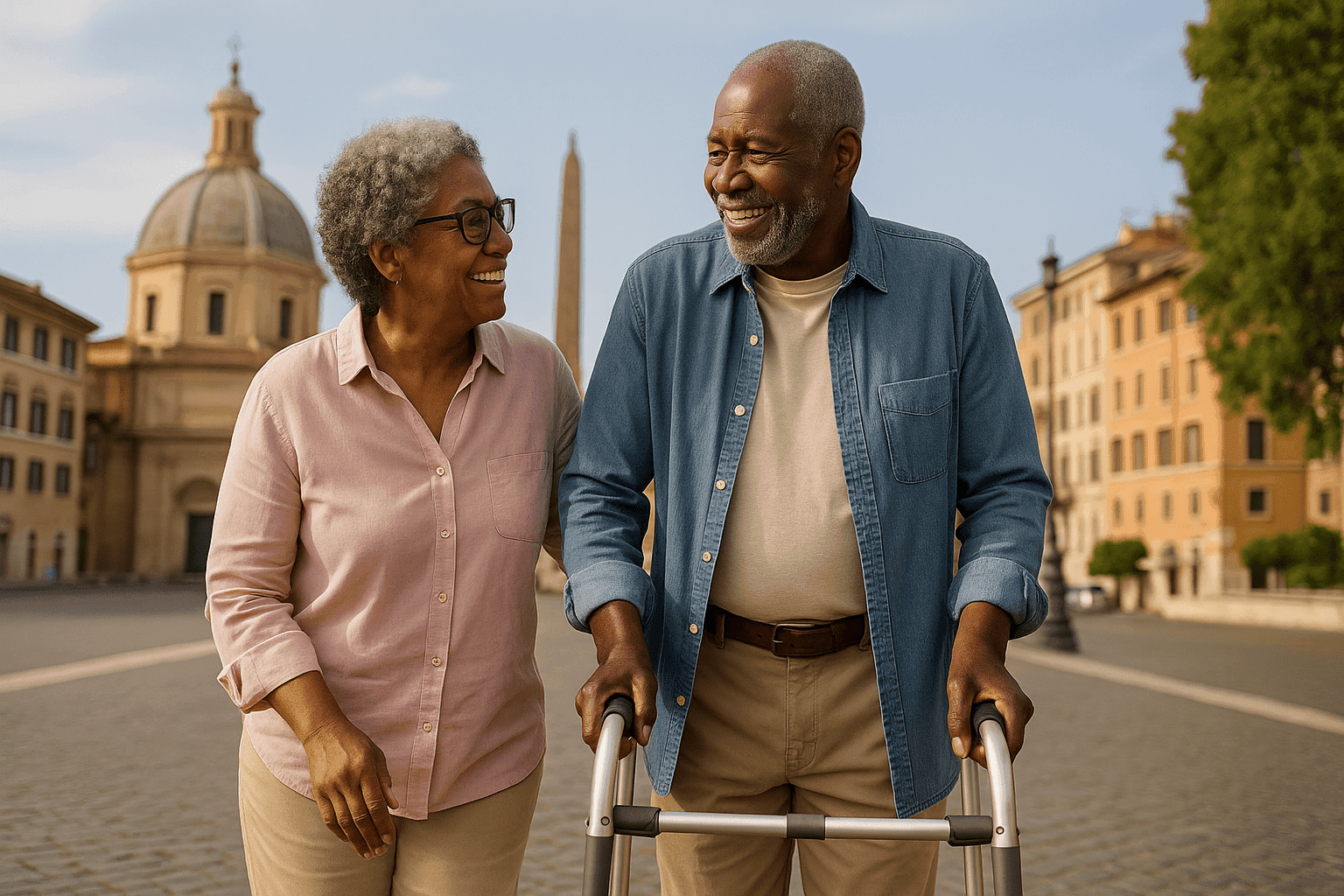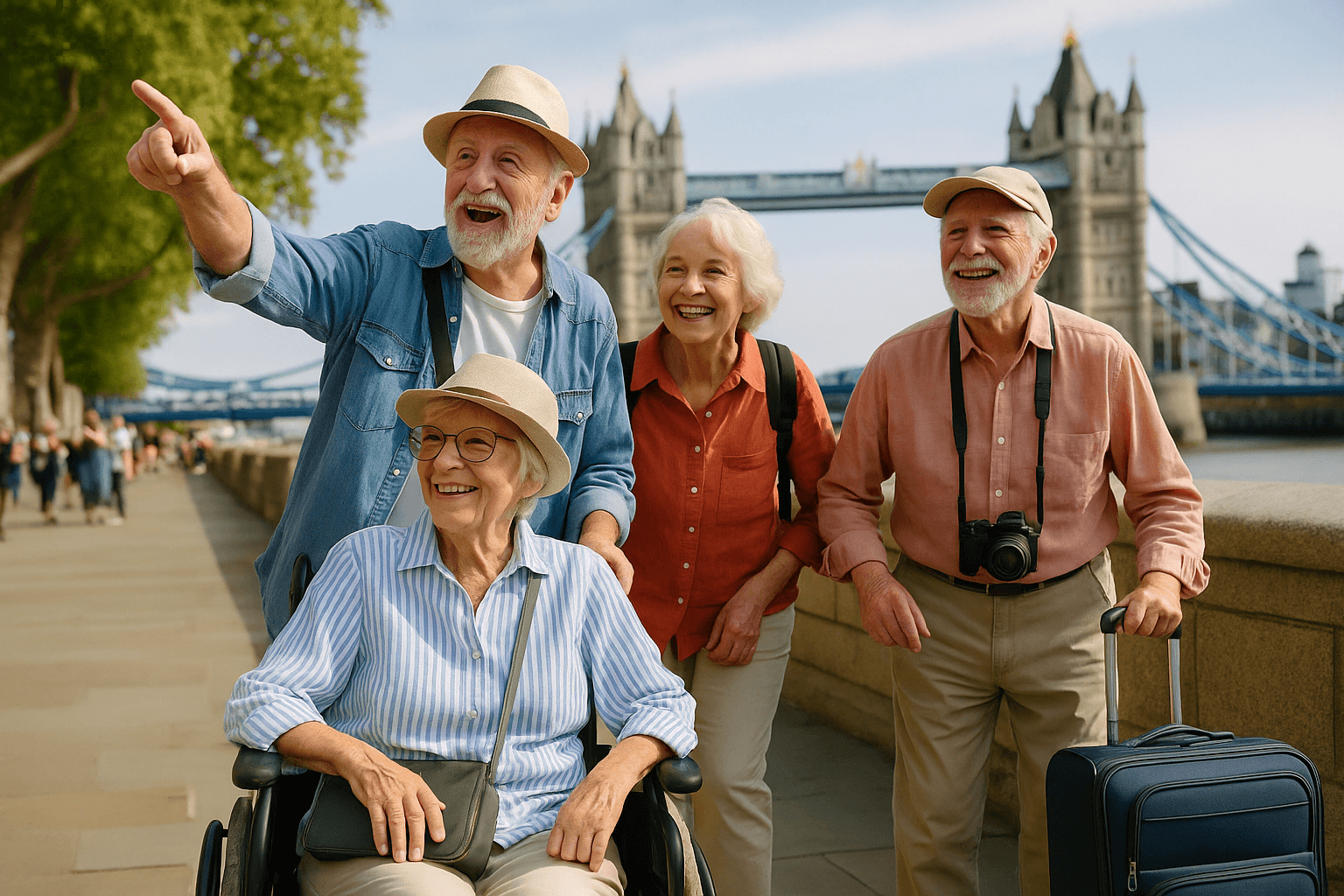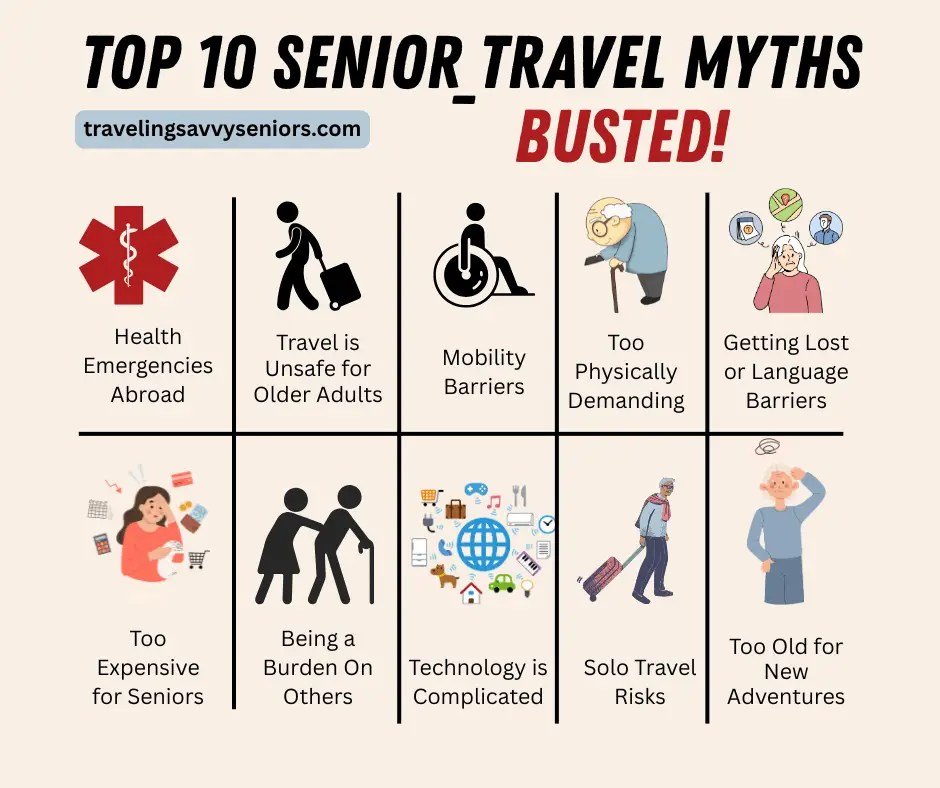If you’re a senior traveler seeking more than pristine beaches and polished brochures, Cambodia might just be your next unforgettable journey—not because it’s flawless, but because it’s real. This Southeast Asian country is a land of extremes: home to ancient wonders like Angkor Wat, yet deeply shaped by Cambodian poverty and the lingering trauma of a tragic past. From golden temples to trash-lined streets, Cambodia is a country that asks you to see it—not just photograph it.
While our 2026 Senior Trip Abroad will feature Da Nang and Hoi An, Vietnam, many of our readers have asked about Cambodia. We believe in equipping you with the full picture: the inspiring, the challenging, and the deeply human.
The Beauty Amid Cambodian Poverty: Pros for Senior Travelers
1. A Culture Steeped in Spiritual Resilience
Cambodia’s spiritual pulse beats in every corner—from Buddhist monks collecting alms at dawn to Apsara dancers retelling ancient myths. Despite genocide, occupation, and economic struggle, the people remain deeply respectful, kind-hearted, and hopeful.
2. A Slower Pace That Suits Seniors
In many areas, life moves slowly. That means fewer rushes, more time to observe, and space to breathe. Senior-friendly river cruises, tuk-tuk tours, and slower-paced excursions are available in Siem Reap, Battambang, and along the Mekong.
3. Angkor Wat – A Monument to Time
For independent travelers or those exploring before or after our 2026 journey through Vietnam, Cambodia offers awe-inspiring sites like Angkor Wat—spiritual, historic, and humbling.
4. English Is Common in Tourist Zones
English is widely spoken in major tourist areas. This helps reduce the language barrier for seniors, making restaurants, hotels, and cultural tours easier to navigate.
5. Mild, Fresh Cuisine
Khmer food is flavorful but not overly spicy—ideal for senior diets. Dishes like fish amok, kuy teav (noodle soup), and tropical fruits are widely available, though Western-style meals tend to be more expensive.
6. A Tropical Climate (With Precautions)
The warm, dry season (November–March) makes for ideal visiting conditions. However, the heat and humidity can be intense—hydration and sun protection are essential.
Cambodian Cost of Living: Not as Cheap as You’ve Heard
While Cambodia is often advertised as budget-friendly, the reality is more complex. Prices in cities like Phnom Penh and Siem Reap are increasing. Western groceries, quality healthcare, and stable accommodations can cost as much as in mid-tier Western cities.
Many Cambodians still live in extreme poverty—in makeshift dwellings made from scrap wood and tarps, without access to clean water or consistent electricity. These are not hidden slums—they are often just blocks from tourist hotels.
Traveling with awareness of Cambodian poverty is key to maintaining respect and empathy.
Cambodia’s Trash Problem and Infrastructure Challenges
Cambodia’s waste management system is severely underdeveloped. Trash is often burned, left in open canals, or piled along streets—even in tourist hubs.
- Sidewalks and roads can be broken or nonexistent.
- Sewer systems are overwhelmed during rainy season.
- Bottled water is a must due to water contamination.
- Seniors with respiratory issues should avoid burning areas or seek accommodation in more developed zones like central Siem Reap.
Cambodian Healthcare: What Senior Travelers Must Know
Public hospitals are underfunded, and even some private clinics may lack resources. Many travelers rely on medical services in Bangkok or Ho Chi Minh City for emergencies.
Tip: Seniors should purchase comprehensive travel insurance with emergency evacuation coverage. It’s not optional—it’s essential.
Understanding Cambodian Poverty and Its Historic Trauma
No senior travel guide would be complete without acknowledging Cambodia’s raw history. Visiting the Killing Fields and S21 Prison Museum offers sobering but vital context about the Khmer Rouge era.
You may also encounter:
- Street children selling postcards or bracelets.
- Landmine survivors and amputee musicians performing near temples.
- Handicraft vendors supporting rural communities.
Not all encounters are ethical—some are part of exploitative operations. Be a mindful, ethical traveler: support verified organizations and choose interactions based on dignity, not pity.
Should You Still Visit?
Yes—but come with eyes wide open. Cambodia is not polished. It’s not curated for luxury tourism. But it offers something deeply meaningful: the chance to witness human resilience in the face of adversity.
You might eat mangoes under swaying palms, then step past open sewers. You’ll visit majestic temples after passing rows of families affected by Cambodian poverty. You’ll meet locals who make less than $5/day, yet smile with a warmth that’s unforgettable.
For seniors who want to travel with purpose, awareness, and heart, Cambodia delivers a powerful journey.
Stay Informed, Travel Smart
If you’re planning your next senior trip abroad—don’t go in blind. Subscribe to our newsletter to receive:
- Honest country insights
- Cultural safety tips
- Packing checklists
- Senior-specific travel advice
- Updates on our upcoming 2026 Senior Trip Abroad to Da Nang & Hoi An
While Cambodia isn’t on our 2026 trip agenda, we’ll keep sharing real-world insights to help you explore Southeast Asia with wisdom and care.
👉 Subscribe here to receive our FREE guide: “The Real Cambodia: A Senior Travel Checklist”
Final Takeaway
Cambodia doesn’t pretend to be perfect—but for seniors who want more than surface-level tourism, it offers something unique: truth, beauty, and perspective.
Come not for the postcard. Come for the people. Come for the lessons. Come for the journey.





